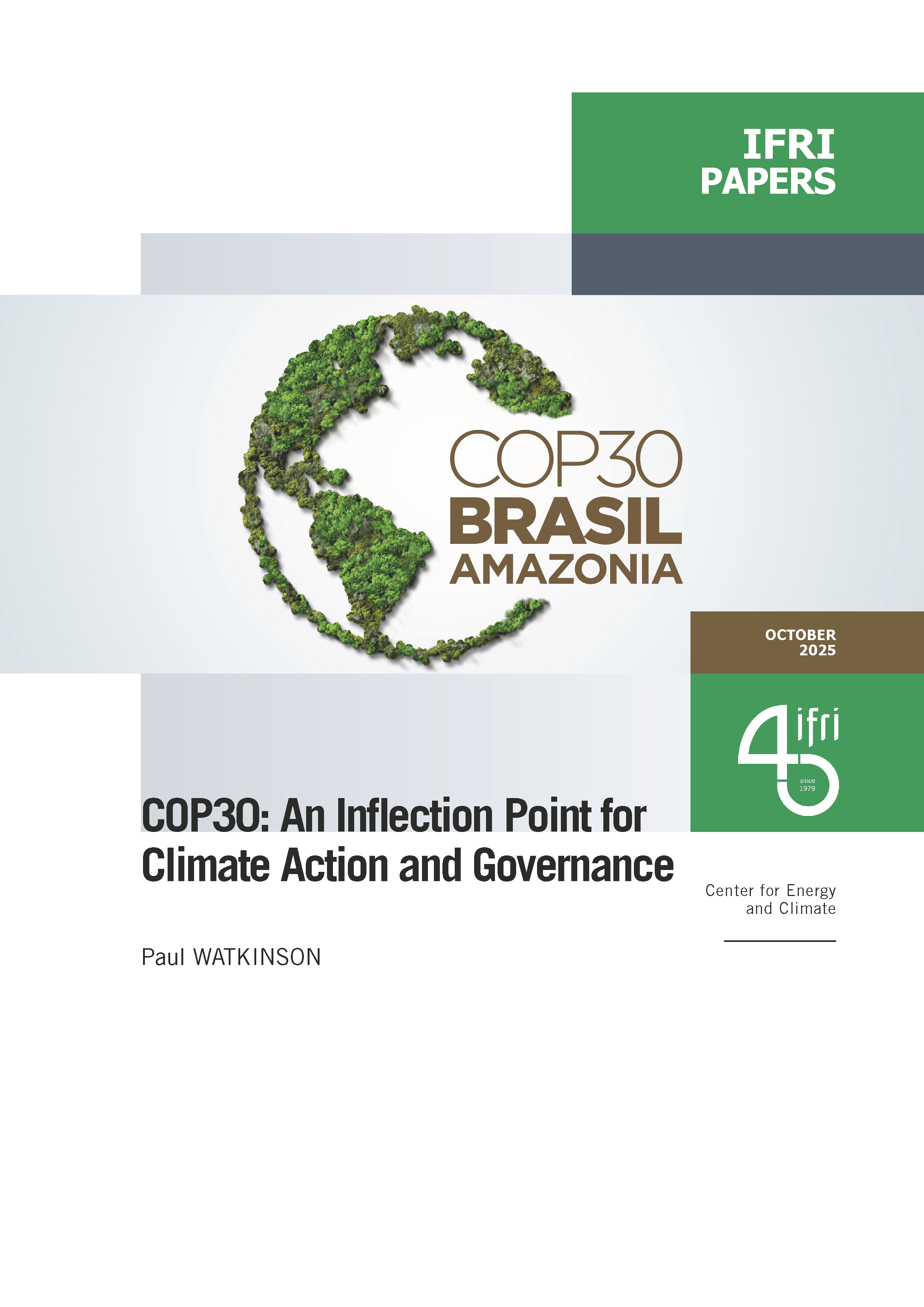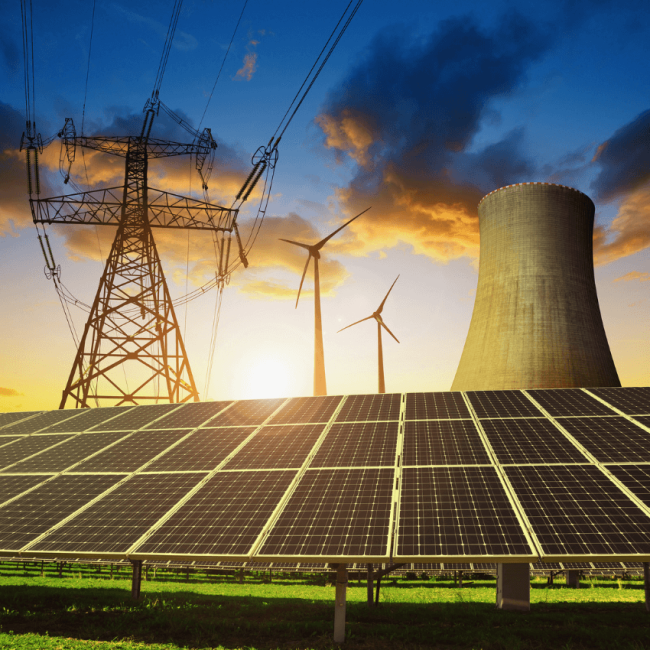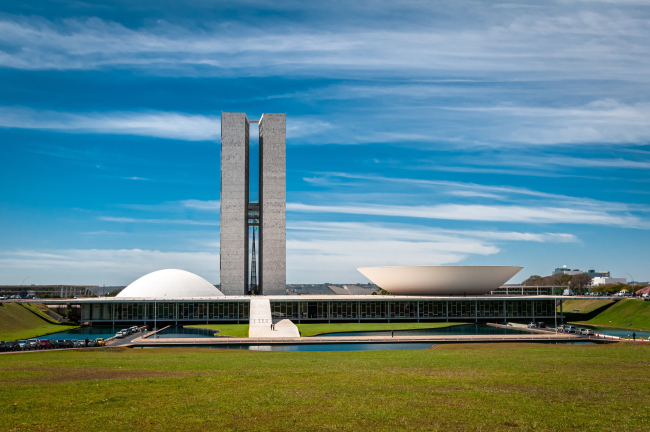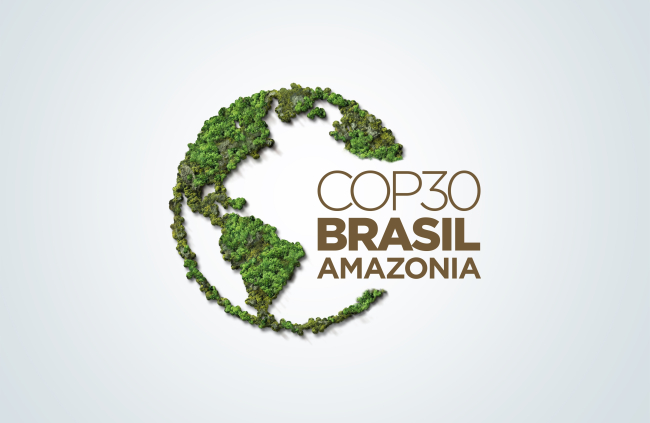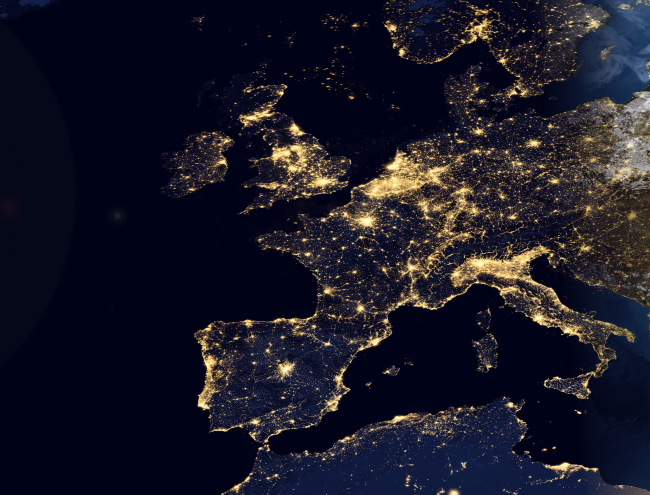Climate Change is not waiting for Economic Recovery

Whatever the evolution of the economic downturn, it is essential to reinforce efforts now to reduce worldwide greenhouse gas emissions. The time-frames are not the same for these two crises - the economic and the climate ones. The effects of the global financial and economic turmoil are to remain short-term, whereas climate change will already affect the second half of this century and beyond.
It is too early to speculate on economic growth in the two years to come but one can expect that most economies will have the worst of the recession behind them by 2011. The latest forecasts worldwide are more optimistic than in the past few months. According to European Commission"s latest interim forecast for the EU, “signs of improvements in the economic situation have become increasingly apparent since the start of the autumn and fears of a prolonged, deep recession are fading” . GDP growth in the EU is set to turn positive in the second half of the year - even though on the whole it is expected to fall by 4% in 2009 compared to last year. Recent months have also seen stabilization in global economic activity with better than expected growth outcomes, especially in Asia. Latest OECD and IMF growth projections are being revised upwards. US Fed Chairman Bernanke is saying the US is coming out of its recession.
There is no doubt that the current economic crisis helps curb today"s greenhouse gases emissions - the slowdown of economic and industrial activities reduces global energy consumption and cuts automatically some of the energy-related emissions of CO2. It gives some relief in the fight against climate change and may make it easier for developed countries to achieve their Kyoto targets depending on how economies rebound.
But some greenhouse gas emissions are not GDP-dependent. Other variables besides economic growth influence emissions levels, such as weather (cold winters requiring more heating and hot summers more air-conditioning), oil price surges (which impact on transport"s activities has been shown last year as oil prices reached a historic peak) and the sustainability of a country"s energy mix, that is to say the share of carbon-intensive fuels in its consuming and producing patterns (coal and oil versus less emitting energy sources such as renewables, nuclear or even natural gas). And changing a country"s energy mix cannot be done overnight but requires a long-term commitment with huge investments and major industrial choices.
In any case, this “positive” impact of the economic downturn is only temporary. Soon the US, Chinese and Indian economies will recover and energy demand rebound. The energy and climate fundamentals will not have changed in the meantime and contrary to a transient economic recession, they will impact the future of mankind. The economic recovery will have to cope with the same challenges as before: the on-going process of human-induced climate change, increasing energy resource scarcity (for oil and gas) and, sooner or later, a new surge in energy prices following the increase in worldwide energy demand.
Let us not lose time using the economic crisis as an excuse to postpone the much needed transition towards a low-carbon economy. Some politicians and industrialists might try to throw in the towel by depicting climate mitigation as an unaffordable luxury in a period of recession. It is indeed an unprecedented effort that is required from them now to agree on regulatory frameworks and targets for slowing greenhouse gases emissions.
It is unfortunate that the international negotiations for the next climate regime take place in 2009 when the global economy is at a low. But emerging recovery should serve as a warning that the challenges remain unabated. As any sequel to the Kyoto first budget period successfully negotiated at Copenhagen will only enter into force from 2013, the world will surely be on firmer economic ground and emissions will be growing again. Only sustained efforts now will set us on a path to a sustainable, low-carbon path for both developed and emerging economies that will avoid the incalculable costs of severe climate destabilisation.
(1) - European Commission, DG ECFIN, September 2009 Interim Forecast, 14 September 2009, p.1, available at: http://ec.europa.eu/economy_finance/publications/publication15864_en.pdf

Available in:
Regions and themes
Share
Related centers and programs
Discover our other research centers and programsFind out more
Discover all our analysesBrazil One Year Away from the October 2026 General Elections
Brazil’s general elections will be held on October 4, 2026, to elect the president, vice-president, members of the National Congress, governors, deputy governors and state legislative assemblies. For the presidential and gubernatorial elections, a second round will be held on October 25 if no candidate obtains a majority of the votes in the first round.
COP30: An Inflection Point for Climate Action and Governance
The 30th Conference of the Parties (COP30), opening in Belém, Brazil, on November 10th 2025, convenes at a perilous moment.
The Strategic Dimension of Skills in the Clean Industrial Deal
In the competitiveness and energy transition battles, the European Union (EU) must master a determinant factor: skills.
The Energy Transition Faces Geopolitical Challenges. How Can Ideological Divides Be Overcome?
President Trump’s positions and policies, combined with record coal consumption and booming global electricity demand, geo-economic confrontation, and widespread concerns about energy security, are changing the game when it comes to understanding realistic decarbonization trajectories. The war in Europe is intensifying competition between defense and transition budgets. This is also the case elsewhere in the world.



